Beautifully Situated
We are situated in the beautiful rural estate village of Wentworth in South Yorkshire, home to Wentworth Woodhouse, the historic seat of the Fitzwilliam family, which with its 600ft frontage is the largest of any house in England and is truly South Yorkshire’s best kept secret.
Wentworth Woodhouse looms large over the village that spread outwards from its enormity. Quaint cottages painted in the estate’s distinctive green livery line every street whilst traditional country inns and working farms exist in much the way they have for decades.
The village itself and the wider area are littered with various ‘follies’, buildings of a more or less purely decorative nature. There are principally four great ones, Hoober Stand, Keppel’s Column, The Needles Eye and The Rockingham Monument together with several more of only slightly less importance.
The countryside around Wentworth is an attractive and productive rural landscape with traditional buildings situated amongst undulating farmland and deciduous woodlands much of which is accessible to the public today.
The estate is a leisure resource for a wide range of activities including walking, cycling, horse riding, fishing, shooting and drag hunting. As well as being grazed by sheep, the estate’s heather moorland on the western fringe of Sheffield is managed as a grouse moor.
Wentworth is a living, working community and boasts two beautiful churches, charming cottages, working farms, two well patronised country inns, several shops and craft businesses and is deservedly a very popular local visitor and tourist attraction.
The Follies
-
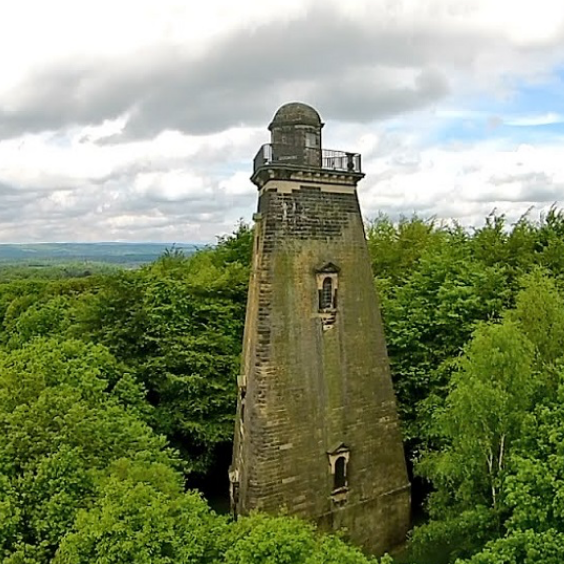
Hoober Stand
A 100ft tapering pyramid structure with a hexagonal lantern designed by Henry Flitcroft and built by the 1st Marquis of Rockingham in 1747-8 to commemorate the defeat of the Jacobite rebellion. The inward taper of the upper part of the three walls creates an optical illusion that the structure is falling over.
-
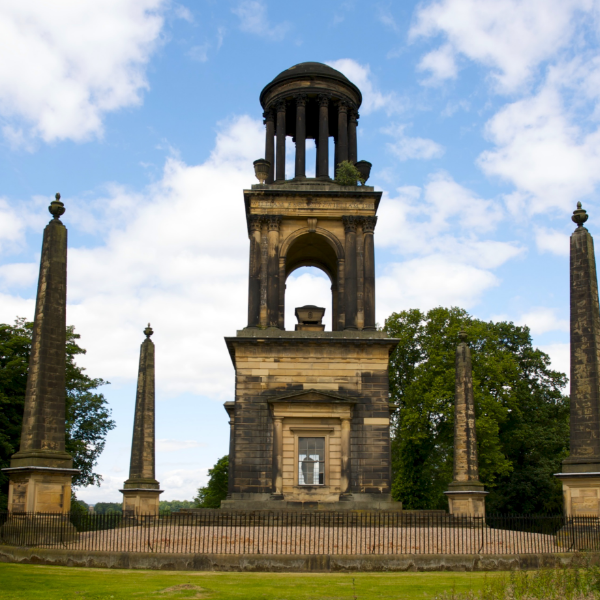
The Mausoleum
A 90ft high building of three tiers designed by John Carr in 1783 as a memorial to the 2nd Marquess.
The ground floor contains a statue of the former prime minister and busts of his eight closest friends by Joseph Nollekens. The first floor is an open colonnade with Corinthian columns surrounding an empty sarcophagus. The top storey is a Roman style cupola. -
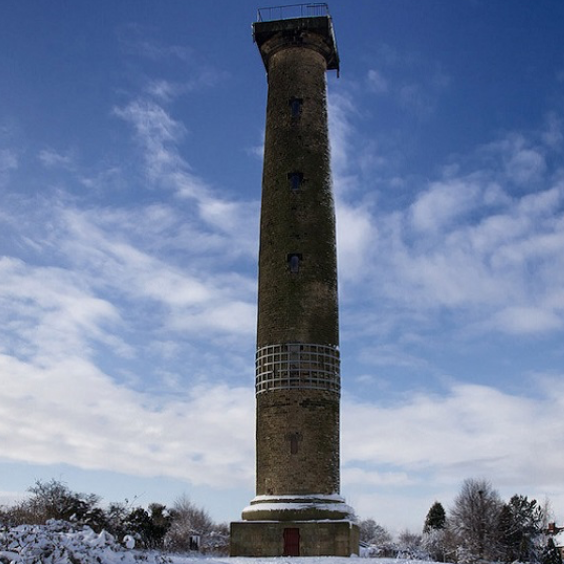
Keppel's Column
Commissioned in 1773 by Charles Watson-Wentworth 2nd Marquess of Rockingham and designed by John Carr to commemorate the acquittal of the court-martialled admiral Admiral Keppel after the Battle of Ushant.
It was initially intended to be a landscape feature composed of pedestal surmounted by obelisk, though at some stage the design was eventually changed to a tall column. -
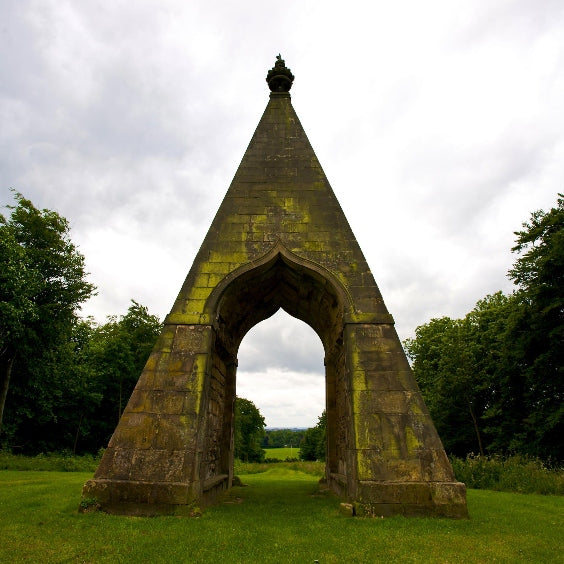
Needle's Eye
A 45ft high Grade II* listed sandstone pyramid with an ornamental urn over a gothic ogee arch straddling a former access road from Wentworth Woodhouse northwards towards Pontefract and York racecourses.
Designed by John Carr and built in the mid 18th Century, allegedly to win a bet after the 1st Marquess claimed he could drive a coach and horses through the eye of a needle!
-
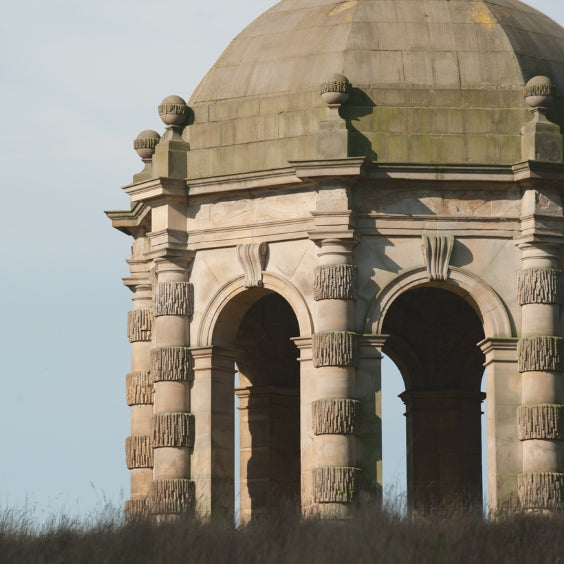
Doric Temple
The temple was commissioned and built under the direction of the 1st Marquess of Rockingham from around 1744 and attributed to Henry Flitcroft.
This octagonal building was originally situated on a more open hill before the famous landscape architect, Sir Humphrey Repton, planned the present planting scheme that surrounds it.
-
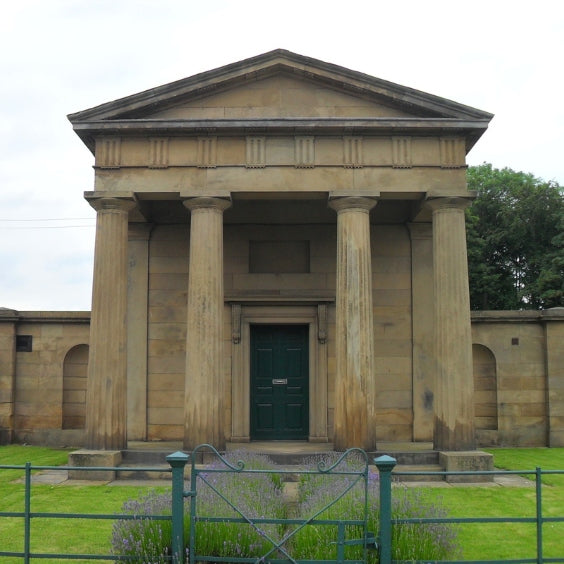
Doric Lodge
Built in the early 19th century and attributed possibly to Pritchett & Watson for the Wentworth estate.
The lodge is constructed mainly from ashlar sandstone in the manner of a tetrastyle Greek Doric temple.
Doric Lodge is currently in usage as a domestic residence.






